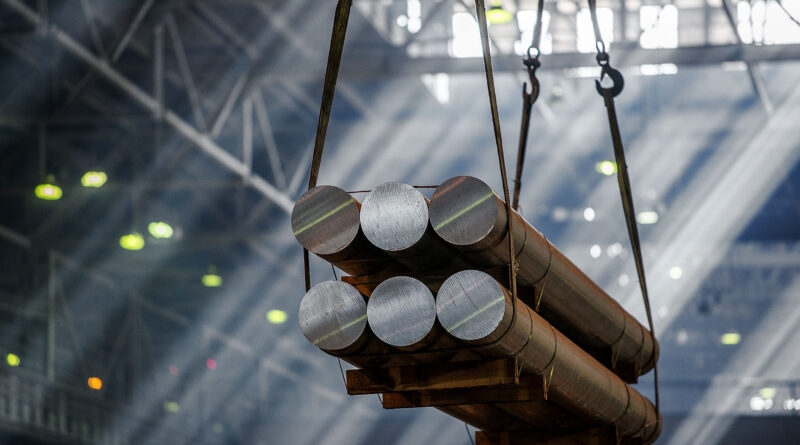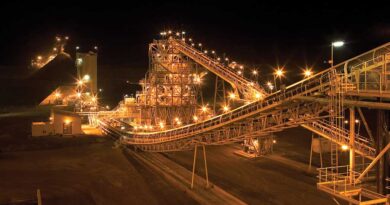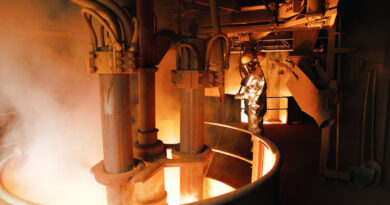American aluminium industry produce detailed environmental study
Aluminium and renewable energy company, Hydro, believes customers and partners should know the environmental impact of materials and products they purchase. That is why Hydro published environmental data for 22 of its manufacturing sites in the U.S. and Canada. The data is available in Environmental Product Declarations (EPDs), which have been verified by an independent third-party.
Over the past year, Hydro’s Extrusion North America business unit collaborated with a life cycle assessment (LCA) expert, Ecoinnovazione, on LCA studies for each of its manufacturing sites. After aggregating the LCA data into individual EPDs, the reports underwent rigorous third-party verification by UL Solutions, ensuring the accuracy and reliability of the data.
In total, the company analyzed 50 different product configurations, publishing 33 individual EPD reports. Hydro is the first extrusion company in North America to provide this level of detail on the impact of its production processes.
“Hydro is taking a proactive stance to provide clear, quantifiable data about the environmental footprint of our products. The scope and scale of this effort clearly demonstrates our commitment to transparency, sustainability, and continuous improvement. We believe that informed stakeholders can better understand the value of lower-carbon, recycled aluminium in their supply chain and make more sustainable choices,” says Jerrod Hoeft, Vice President of Commercial Transportation and Sustainability at Hydro Extrusion North America.
Rather than relying on aggregated industry data, the company chose a more thorough approach, developing individual EPDs with data from each manufacturing site and process. Despite the increased time and cost, this strategy enhances data transparency and enables end users to calculate the footprint of their aluminium supply chain more accurately. The LCA data shows the average calculated CO2e footprint of Hydro’s extrusion operations to be 34 percent lower than the North American industry average,* a clear advantage for manufacturers looking to source greener materials.




